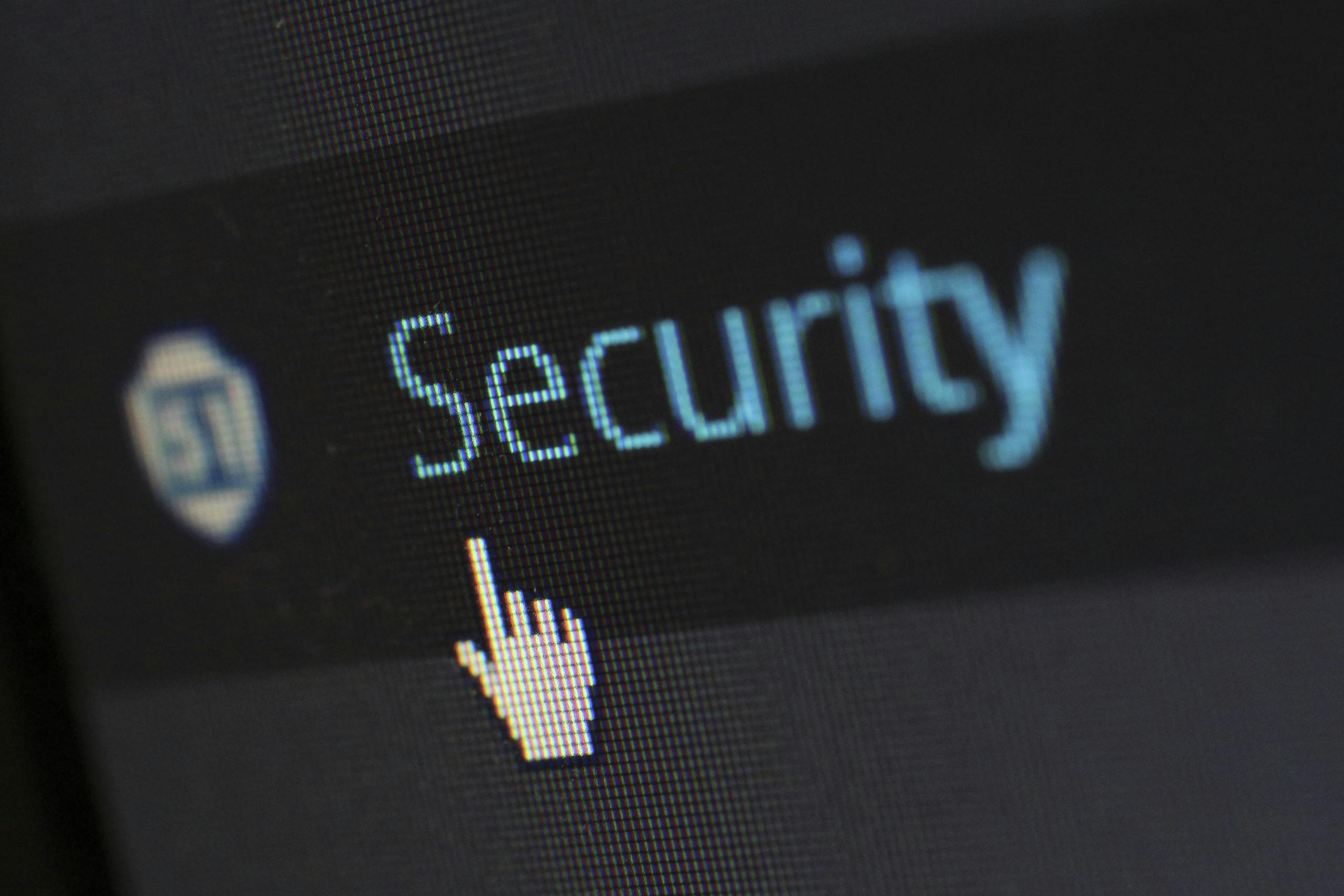Your home Wi-Fi network is a critical gateway to your personal information and devices, making it a frequent target for cyber threats. Fortunately, securing your network doesn’t have to be complicated. This guide, titled ‘Secure Your Home Wi-Fi: Protect Against Cyber Threats’, provides easy-to-follow steps, helpful tips, and product recommendations to fortify your home network and secure your home wifi.
Moreover, developing a comprehensive understanding of your home network’s architecture is vital. Regularly monitor your devices connected to the network and check for any unfamiliar connections. This practice not only enhances security but also keeps you informed about the potential vulnerabilities in your network setup.
How to Secure Your Home Wifi
Step 1: Secure Your Router
For those unfamiliar with the process, changing default credentials can be simplified into a few clear steps: log into your router’s web interface using the default IP address, navigate to the administration section, and update both the username and password fields. To ensure strength, aim for a minimum of 12 characters, incorporating upper and lower case letters, numbers, and special characters.
As an alternative, consider using multi-factor authentication where available. Some modern routers offer this feature, requiring an additional verification step, making unauthorized access significantly harder for potential intruders.
Change Default Credentials
The factory settings on your router usually come with default usernames and passwords, widely known and exploited by hackers. Change these immediately to strong, unique credentials.
Tip: Use a password manager to create and store secure passwords.
Devices are constantly evolving, and manufacturers frequently release updates to improve functionality and address security flaws. Setting reminders to check for firmware updates every couple of months can be a good practice, or you can enable notifications if your router supports it, ensuring you stay informed about available updates.
Update Router Firmware
Consider enhancing your router’s firewall settings by exploring advanced options within your router’s interface. Features such as intrusion detection systems (IDS) can proactively monitor traffic and block suspicious activity. Additionally, setting rules to restrict access based on specific criteria can fortify your defenses.
Firmware updates patch vulnerabilities and enhance security. Regularly check your router manufacturer’s website for updates or enable automatic updates.
Enable the Router Firewall
Routers typically include built-in firewalls. Ensure yours is activated and properly configured.
Recommended Product:
- Firewalla: Cyber Security Firewall: Provides advanced firewall protection and real-time alerts against cyber threats.
Change Your Wi-Fi SSID
Changing your network name (SSID) from its default makes it less identifiable. Avoid personal or easily guessable information.
Disable Wi-Fi Protected Setup (WPS)
Disable WPS if not actively used, as it’s a known security vulnerability.
Recommended Routers with Advanced Security:
- Gryphon Tower Super-Fast Mesh Wifi Router
- Asus RT-AX1800S Dual Band Wifi Router
- Netgear Nighthawk Wifi 7 Router: Includes advanced security features built-in.
In addition to isolating guest users, consider applying bandwidth restrictions in your guest network settings. This ensures guests do not consume excessive resources and limits potential security risks associated with their devices.
Step 2: Secure Your Wi-Fi Network
When discussing network passwords, consider implementing a routine to change these passwords regularly. This not only prevents long-term access by unauthorized users but also helps to keep your network secure against brute-force attacks.
Enable WPA3 Encryption
Make sure that your complex password is not stored in a place that is easily accessible, as this could negate the benefits of having a strong password. Using a password manager can both store and generate complex passwords, making it easier to maintain high security across your network.
Use WPA3 for robust security. If unavailable, opt for WPA2 as a secondary choice.
Use Strong Network Passwords
Create unique, complex passwords combining letters, numbers, and symbols.
Set Up a Guest Network
For safer device management, consider implementing a routine audit of the devices connected to your network. Regularly check for unfamiliar devices, and take immediate action if you discover any unauthorized access attempts.
In addition to traditional antivirus software, explore options for endpoint protection solutions which provide additional layers of defense by monitoring and responding to threats in real-time.
A guest network isolates visitors’ devices, limiting access to your main network and sensitive information.
Enable MAC Address Filtering
This setting restricts network access to only approved devices based on their MAC addresses, offering another layer of security.
Step 3: Secure Your Devices
Install Antivirus Software
Antivirus software prevents, detects, and removes malicious software from your devices.
Recommended Antivirus Products:
Remember that many software applications have automatic update features. Enabling these can streamline the process of keeping software up-to-date, reducing the likelihood of overlooking necessary updates.
- Malwarebytes Premium Antivirus
- Norton 360 Deluxe Antivirus Software
- Bitdefender Total Security Complete Antivirus
For additional protection, choose a reputable VPN provider that ensures a no-log policy. This means your online activities remain private, and you can browse the internet without your data being tracked.
Keep Software Updated
Regularly update your operating systems and applications to patch vulnerabilities.
Consider storing backups in multiple locations, including both cloud services and physical drives. This redundancy ensures access to your data in case of a breach or hardware failure.
Use a VPN
A Virtual Private Network (VPN) encrypts your internet traffic, maintaining privacy and protecting data, especially when accessing external networks.
Regular Backups
Backup your data regularly to avoid loss from potential breaches or device failures.
Step 4: Additional Security Measures
Hide Your Network
Educating your family about basic cyber hygiene practices, such as recognizing phishing emails or suspicious links, can significantly strengthen your home network’s overall security posture.
You can configure your router to not broadcast the network name, making it invisible to casual scans.
Turn Off Wi-Fi When Not Needed
Disabling Wi-Fi when you’re away or not using it reduces unauthorized access risks.
Educate Yourself
Always be cautious about what devices you connect to your home network. Smart devices can introduce vulnerabilities, so ensure they have the latest firmware updates and securely configure their settings.
Finally, remember that security is an ongoing process. Stay committed to regularly reviewing and updating your security measures as technology and cyber threats evolve.
Stay informed about emerging cyber threats and adapt your security measures accordingly.
Additional Security Hardware:
- TP-Link Tri-Band VPN Router: Ideal for integrating secure VPN services directly at the router level.
- SonicWall Gateway Malware & Intrusion Prevention
- Zyxel VPN Network Security Firewall Router
Final Thoughts
Securing your home network significantly reduces the risk of cyber-attacks and safeguards your digital life. By following this step-by-step guide, you’ll establish strong foundational security measures and enjoy peace of mind knowing your network is well-protected.




